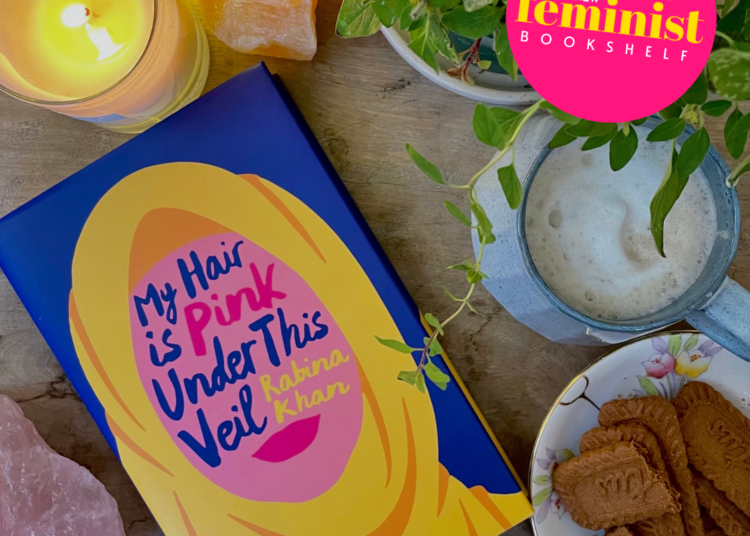Sometimes I read a book and I know almost immediately that I’m going to be recommending it to everybody for years after. ‘My Hair is Pink Under This Veil’ was one of those books. In this case, it was on page seven that I knew I was hooked and would be devouring this book at breakneck speed.
Khan describes a memory of her mother from when she was just seven years old, the lines read: “One day I found her sobbing in the bedroom with her face buried in a ball of black material. I quietly crept behind her to see what it was. It was the ‘dreaded’ burqa that seemed to be associated with sadness and change.” This short yet vivid passage was filled with emotion and starkly different to what I had expected to read upon opening this book. Khan goes on in the first few chapters of her book to recount many experiences of her childhood as a young Bangladeshi-born girl living in London in a beautiful memoir and compelling discussion of the British Muslim experience.
As I read on, I told myself I would highlight any passages that I found particularly moving or powerful. Needless to say, my book is now more highlighter than actual book. Every line seemed to be expertly crafted to cut through the chaotic array of prejudice, ignorance and misinformation that surrounds Muslim women. Khan confidently tackles many issues including the discriminatory comments of major politicians, dispelling the myths and replacing them with fact and slightly resigned humour.

As the title of the book suggests, she also tackles the perception of women who choose to wear a hijab or veil. Face coverings have long been perceived by some as something that separates Muslim’s from other British citizen’s but Khan argues that “the headscarf is not a barrier between us; it is simply a part of my heritage, as a Scotsman wearing a kilt is part of his and a Jewish woman wearing a wig is a part of hers.”
Dismissing the image of the hijab as a symbol of oppression she goes on to say that “wearing the headscarf has nothing to do with my family, my father, my brother or the Imam at the mosque. I have never been forced to wear a scarf or hijab and I am not and have never been repressed, stifled or subjugated. The purpose of the hijab is modesty. It is not a symbol of male authority, as many Westerners believe. The scarf enriches me, but it doesn’t change who I am.”
Importantly, Khan relates the Muslim woman’s struggle to that of every woman’s struggle and points out many ways in which they have both struggled against patriarchy and exerted agency. In particular, she draws a comparison to the choice to wear a veil to the second-wave feminist ideal to not wear makeup where some women agreed that it was a symbol of patriarchy, while others did not. On the other hand, Khan also highlights the differences in how Muslim and non-Muslim women are treated, pointing out that “not all white British women wear jeans or T-shirts, yet no one questions this. Some women prefer dresses and wouldn’t be caught dead in jeans; others live in yoga pants and hoodies. What is this version of traditional style that he assigns to me?”
Khan’s book reminds us that whenever we place any group of people under one homogenous umbrella and paint them all with the same brush we are taking away our ability to see people as individuals with unique experiences, often ones we can relate to ourselves. Intelligently and competently written, Khan references her own work in politics and beyond and she is unquestionably a role model to Muslim women, British women and anybody who seeks to help and understand the people around them and bring about change. I would encourage anyone who is interested in gaining a deeper understanding of Muslim women’s culture and experiences to read ‘My Hair is Pink Under This Veil’.
Join us tonight at 8pm on our Instagram for a live discussion with Rabina on her incredible debut book.















